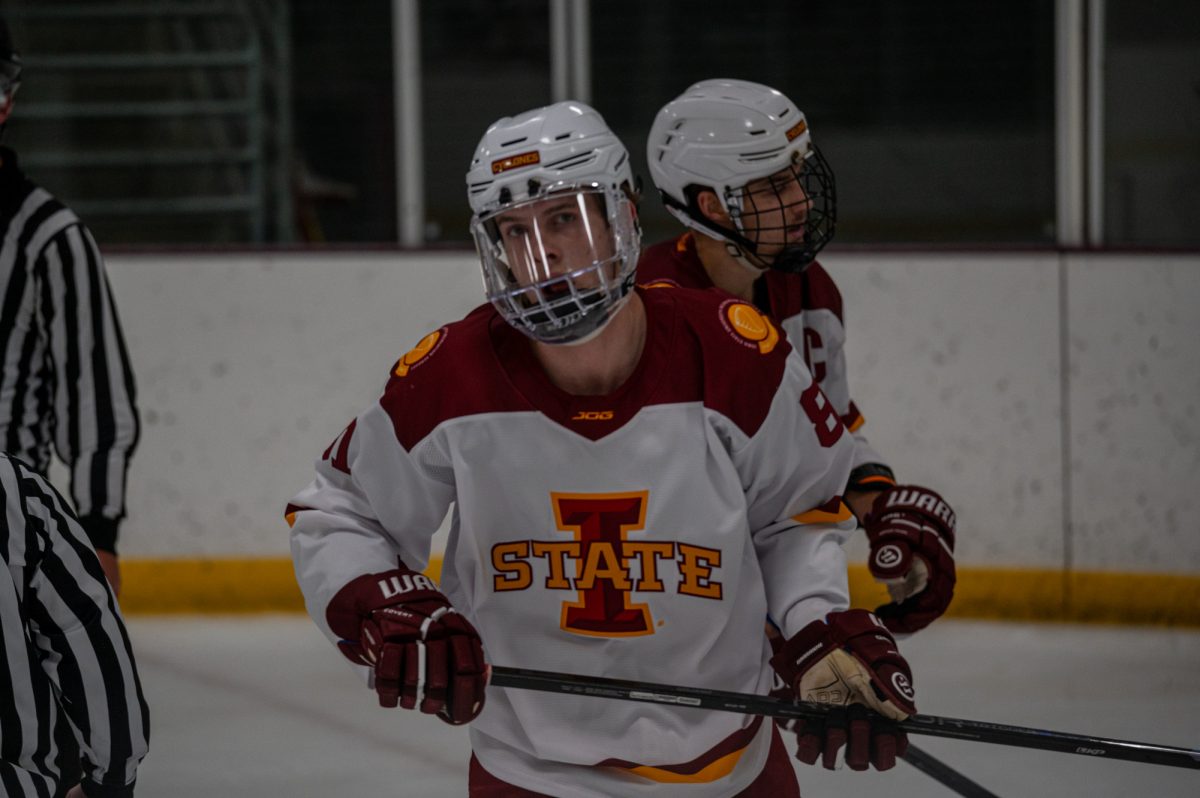People more than their chromosomes
July 23, 2001
The Traditional Values Coalition, which opposes same-sex marriage, is trying to establish, once and for all, “that marriage is between a man and a woman,” (Iowa State Daily, July 12) without actually bothering to define exactly who is “male” and who is “female.”
If opponents of same-sex marriage are going to say only men and women can marry each other, shouldn’t they tell us how they define a person’s sex?
If you think that male equates XX, then I suggest you read the book “Basic Human Genetics,” by Elaine and Arthur Mange.
As is explained in this book, humanity includes not only individuals with XY and XX chromosome combinations, but also many individuals with XXY (Klinefelter syndrome), XYY, X alone (Turner syndrome), or multiple X chromosomes.
Our human population includes millions of people who are not just XY or XX. You may even be one yourself.
For example, according to the book, the frequency of Klinefelter syndrome (XXY) is 1 in 600 to 1,000 liveborn males, while “in subpopulations of tall men (over 183 cm, or 6 feet), the frequency of males with Klinefelter syndrome may be as high as 1 in 260.”
Furthermore, “perhaps 1 in 20 male patients seen in fertility clinics has Klinefelter syndrome.” These individuals have little facial hair and sometimes have some breast development, along with small testes, although their penis and scrotum are usually of normal size.
The authors write that many XXY individuals “exhibit no symptoms of Klinefelter syndrome except infertility” and do not know that they are “in any way unusual.”
I find it sad that the desire exists to divide humanity neatly into two classes, “male” and “female,” which ignores the complexity of human genetics and human individuality.
Why should your life be limited based on the “F” or “M” that some nurse gives you when you are born? Why should your life and whom you are allowed to marry be limited by whether or not people think you and your partner have a Y chromosome?
Aren’t people more than their chromosomes? I think so.
Erica Fuchs
lab attendant
Food Sciences Building






